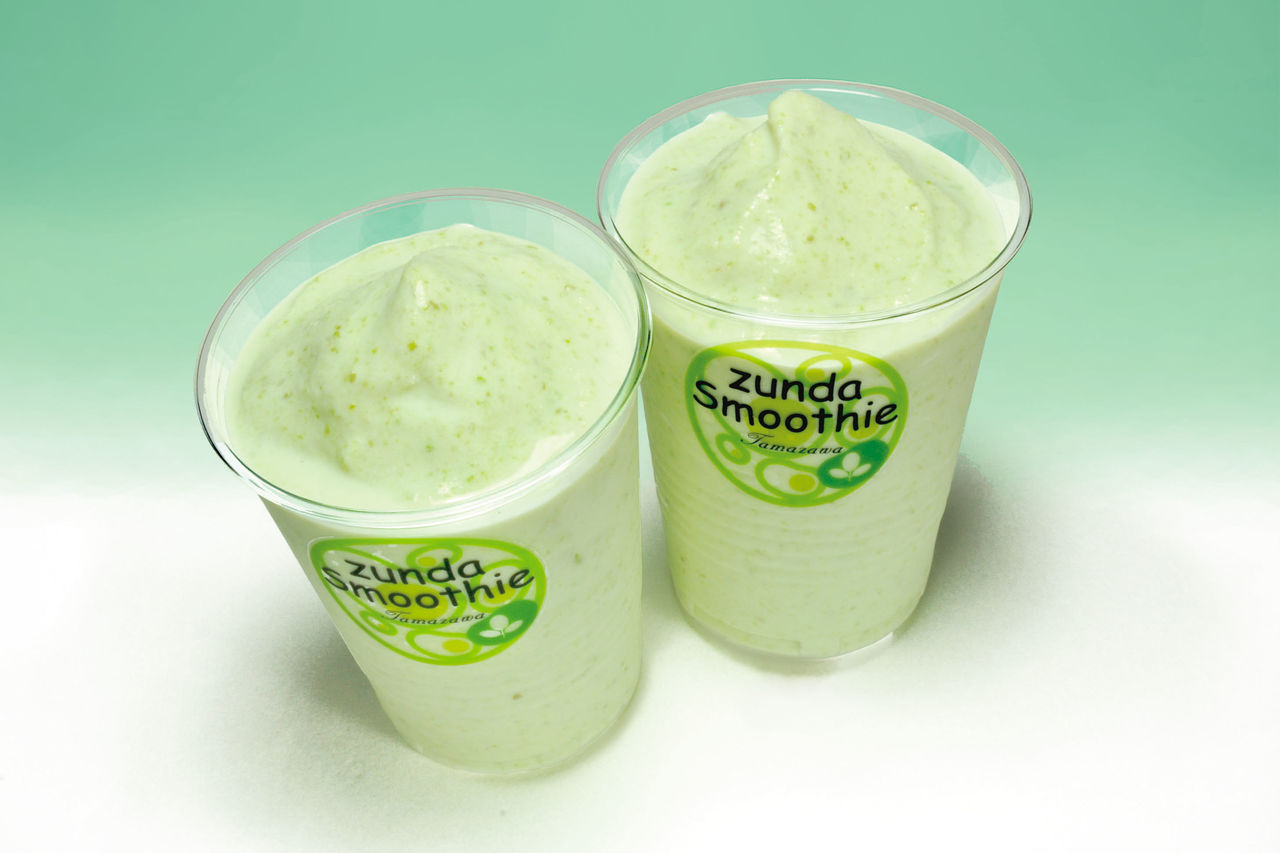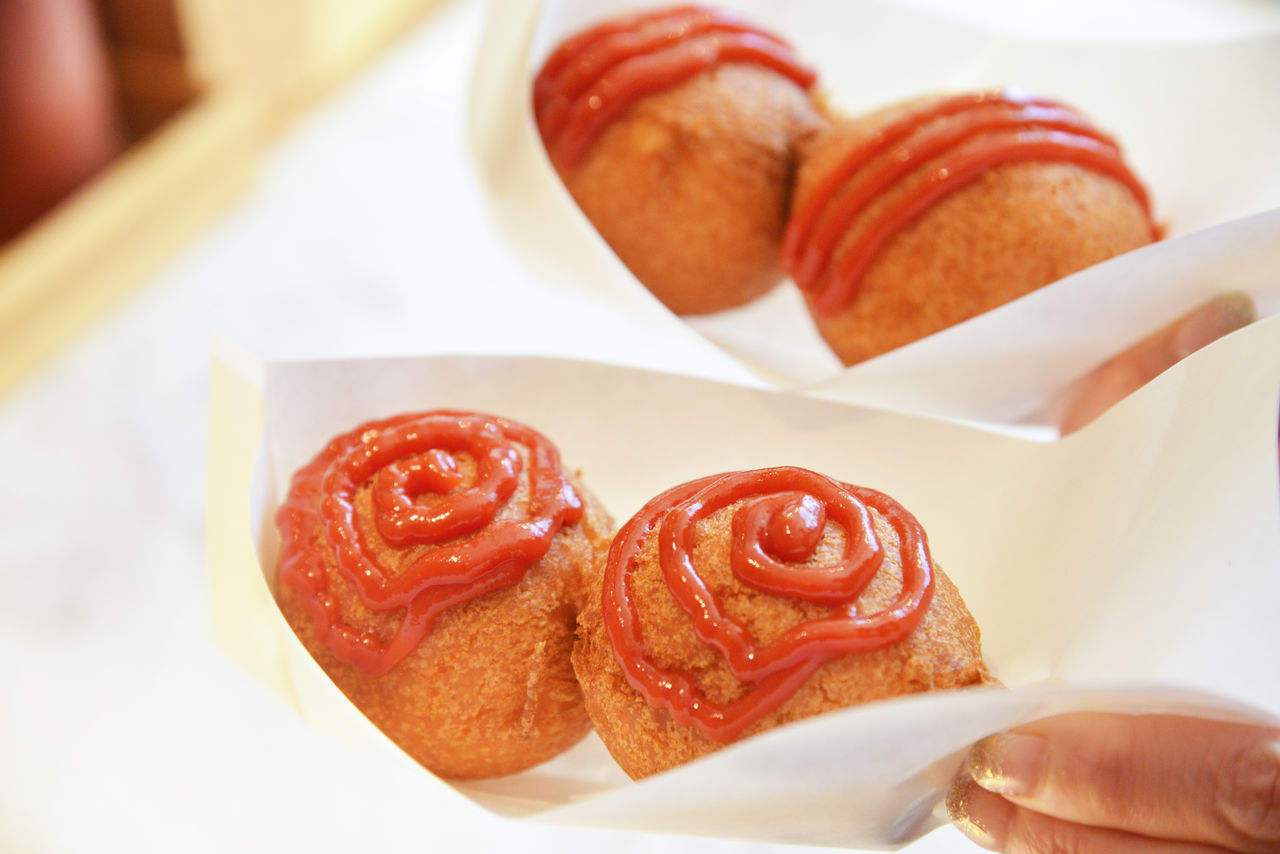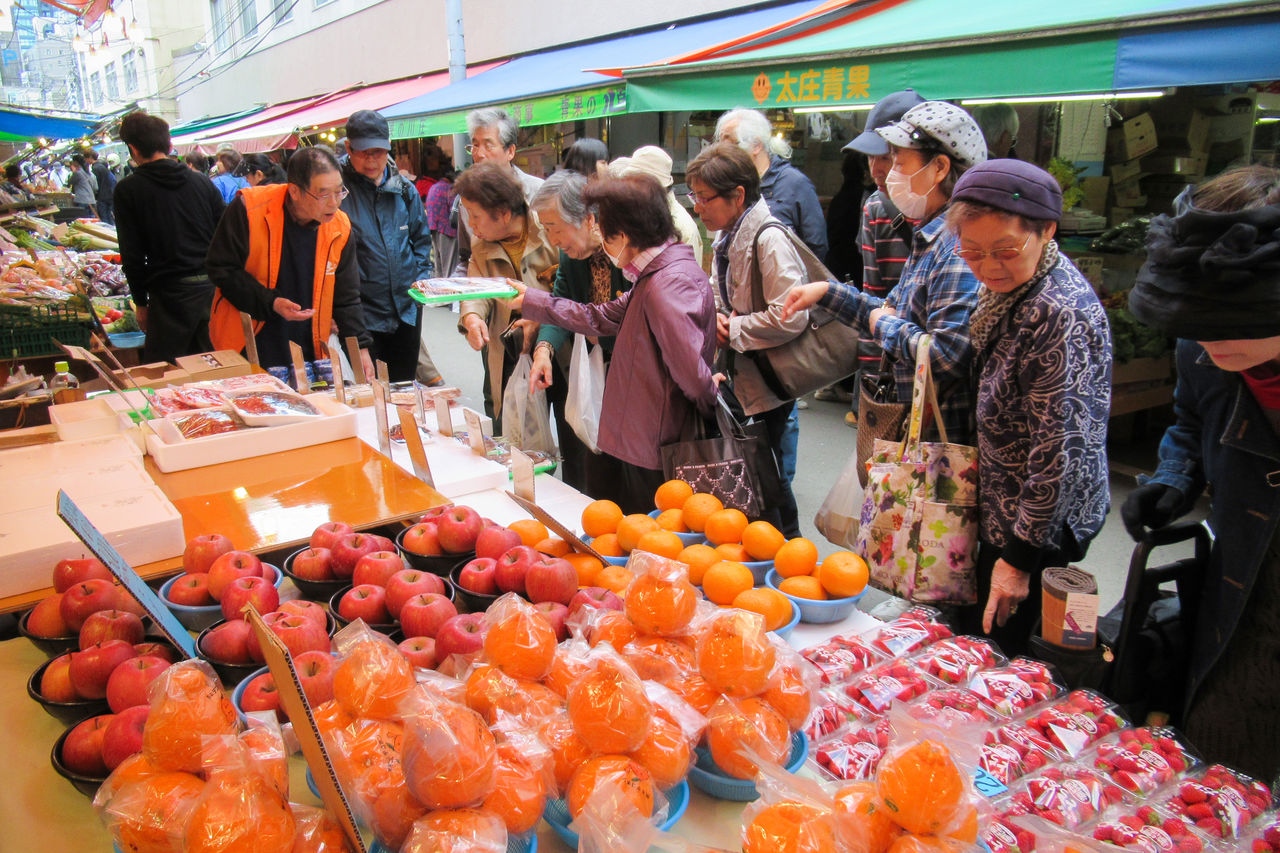
The Flavor of Japan’s North: Sendai, Miyagi, and Its Local Delicacies
Guideto Japan
- English
- 日本語
- 简体字
- 繁體字
- Français
- Español
- العربية
- Русский
The Flavor of the North: Beef Tongue at Umami Tasuke
Sendai in Miyagi Prefecture, the Tōhoku region’s largest city, is perhaps best known among gourmets for beef tongue. It was in 1948 that chef Sano Keishirō developed a method for preparing tasty beef tongue, which until then had been discarded. Sano’s technique was adopted by Umami Tasuke, today one of the best-known Sendai restaurants specializing in grilled beef tongue.
 Grilled beef tongue, served with barley rice and oxtail soup.
Grilled beef tongue, served with barley rice and oxtail soup.
At Tasuke, thick slices of beef tongue are scored with fine grooves, salted, and left to age for several days. Its rich umami flavor thus concentrated, the meat is expertly grilled over charcoal. The charcoal fire’s heat penetrates deeply, and succulent juices spring forth with each bite. Careful preparation ensures that this delicacy has a resilient yet crisp texture.
 Tongue grilled over a charcoal fire by an experienced chef.
Tongue grilled over a charcoal fire by an experienced chef.
DATA
- Address: Chimatsushima Bldg. 1F, 2-11-11 Kokubun-chō, Aoba-ku, Sendai
- Access: 3 min. walk from Kōtōdaikōen Stn. on the Namboku subway line
- Tel.: 022-262-2539
- Hours: 11:30 am to 10:00 pm (last seating at 9:30 pm)
- Closed Mondays (may be closed on some public holidays; check before going)
The Brilliant Green of Zunda Edamame Paste: Café Tamazawa
Edamame, or boiled soybeans, are a Japanese food that is drawing attention abroad as a healthful menu option. For this dessert treat, after boiling, the edamame are pureed to a paste-like consistency and sugar is added; the result is called zunda. This traditional food of Miyagi prefecture has customarily been eaten together with glutinous mochi rice cakes.
 Zunda mochi, made from the best-quality edamame. (© Tamazawa)
Zunda mochi, made from the best-quality edamame. (© Tamazawa)
Café Tamazawa, operated by one of Sendai’s oldest purveyors of wagashi, or Japanese sweets, serves zunda mochi, a combo of smooth mochi topped with lightly sweetened zunda paste. This popular dish has a refined flavor and a list of ingredients—rice, soybeans, and natural sugar—that will please even the healthiest diner’s sweet tooth.
 Zunda smoothies have rich edamame flavor. (© Tamazawa)
Zunda smoothies have rich edamame flavor. (© Tamazawa)
Over the past few years, zunda has also become a featured ingredient in cakes, ice cream sundaes, and other sweets. A zunda smoothie is the ideal takeout item. The crushed ice provides cool refreshment in hot weather, while the full-bodied aroma and flavor delight the taste buds.
DATA
- Address: Kakitoku-Tamazawa Bldg. 1F-2F, 4-9-1 Ichiban-chō, Aoba-ku, Sendai
- Access: 3 min. walk from Kōtōdaikōen Stn. on the Namboku Line subway
- Tel.: 022-262-8467
- Hours: 11:00 am to 7:00 pm (last entry 6:00 pm). Hours change seasonally.
- Closed at irregular intervals
Fish Cakes Symbolizing the Sendai Taste: Abe Kamaboko Shop
Sasa-kamaboko, a paste of white-fleshed fish molded into leaf-shaped cakes and grilled, is a standard Sendai souvenir. This fish-paste loaf, shaped to resemble sasa broad-leaf bamboo, was first dubbed sasa-kamaboko by the , which opened for business in 1935. Made from quality ingredients and grilled to fragrant perfection, this kamaboko is popular for its well-defined fish flavor.
 Leaf-shaped sasa-kamaboko are modeled after the family crest of the Date lords of the Sendai domain. (© Abe Kamaboko Shop)
Leaf-shaped sasa-kamaboko are modeled after the family crest of the Date lords of the Sendai domain. (© Abe Kamaboko Shop)
Hyōtan-age, a deep-fried food made from sasa-kamaboko, has become a popular takeout item in recent years. This item, similar to the corn dog and invented by the Abe Kamaboko Store in 1985, consists of round kamaboko balls on skewers, dipped in batter and deep-fried. The crisply fried batter tastes faintly sweet and pairs perfectly with the saltiness of the kamaboko. Examine your skewer after eating—if you’ve got one with atari (当たり) written on it, it means you’re a “winner” entitled to an additional, free serving.
 Hyōtan-age come garnished with either regular or spicy ketchup. (© Abe Kamaboko Shop)
Hyōtan-age come garnished with either regular or spicy ketchup. (© Abe Kamaboko Shop)
DATA
- Address: 2-3-18 Chūō, Aoba-ku, Sendai
- Access: 10 min. from JR Sendai Stn.
- Tel.: 022-221-7121
- Hours: 10:00 am to 7:00 pm (hyōtan-age available until supplies run out; menu subject to seasonal change)
- Open year-round
Nearby Attraction: Sendai Morning Market
 The street is thronged with shoppers from early in the day. (© Sendai Morning Market Promotional Association)
The street is thronged with shoppers from early in the day. (© Sendai Morning Market Promotional Association)
Five minutes’ walk from JR Sendai Station is the Sendai asa-ichi morning market, a popular spot for all manner of products where nearly 70 shops line a 100-meter stretch of road, offering vegetables, fruit, fish, and more. The market dates from 1945, when open-air stalls filled the bombed-out space in front of the main railway station after World War II.
The market is a favorite for residents and visitors alike. Among the many products sold at the market, the Miyagi specialty of strawberries is popular: many people are amazed at the refreshing sweetness of the berries. Ready-to-eat foods like croquettes and sweet skewered dumplings are sold here too, and it’s fun to go from shop to shop, tasting the products.
 Shopkeepers attract customers with energetic cries and colorful wares. (© Sendai Morning Market Promotional Association)
Shopkeepers attract customers with energetic cries and colorful wares. (© Sendai Morning Market Promotional Association)
DATA
- Address: 4-3-28 Chūō, Aoba-ku, Sendai
- Access: 5 min. on foot from JR Sendai Stn.
- Tel.: 022-262-7173 (Sendai Morning Market Promotional Association)
- Hours: 8:00 am to 6:00 pm (hours vary depending on the shop)
- Closed Sundays and public holidays
(Originally written in Japanese. Photographs and text by Shoepress. Banner photo:Umami Tasuke’s grilled beef tongue. © Shoepress.)